
Spring is just around the corner, bringing with it the promise of new life, vibrant colors, and the delightful scent of blossoms. For many of us, this means it’s time to shake off the winter blues and awaken our gardens for a season of lush growth. Whether you’re a seasoned green thumb looking to refine your practices or a curious beginner eager to dig in, preparing your garden now is the secret ingredient for bigger blooms, healthier plants, and a truly thriving outdoor space. And here’s the best part: achieving this doesn’t have to strain your wallet!
We often hear clever advice that promises a blooming paradise, only to find our gardens floundering and our budgets lighter. Your efforts can easily turn into endless hours of frustration, with your green dreams fading into a pile of setbacks if you’re not careful. This guide, packed with expert recommendations and practical, actionable steps, is designed to help you rethink your strategy and embrace a simpler, true-to-nature approach that lets your garden flourish without hidden traps or exorbitant costs.
Indeed, your garden and its maintenance shouldn’t have to be yet another pressure point when it comes to the monthly bills. This comprehensive article will unveil some ingenious tips to make your spring gardening efforts not only low-cost but also completely self-sufficient. Get ready to grab your gloves, dust off those tools, and prepare to cultivate a garden that is both beautiful and brilliantly budget-friendly, ensuring you get the most out of your efforts without breaking the bank!

1. **Make Your Own Compost**
Turning household waste into garden treasure is one of the most effective and eco-friendly ways to enrich your soil and save money. Making your own compost might seem a little daunting at first, but once you know all the dos and don’ts, it couldn’t be easier. This process provides essential nutrients for your plants, reducing the need to purchase expensive synthetic fertilizers or bagged soil that often lacks the microbial life found in natural soils.
To start, collect all your kitchen scraps, such as vegetable peels and fruit cores, and combine them with organic garden waste, like leaves and grass clippings. Placing all these things in a compost bin will encourage them to break down quicker, leaving you with a nutrient-rich compost to use for potting and amending your garden beds. It’s an eco-friendly way to boost your garden’s health and is especially beneficial if your soil naturally lacks nutrients.
You can also add coffee grounds to the mix, which will introduce some nitrate to the compost. This nitrate can help aerate soil and promote healthy growth. This sustainable practice provides you with a continuous supply of high-quality soil amendment, contributing to a robust and productive garden without ongoing expenses. A thriving compost pile is truly a gardener’s secret weapon for both healthy plants and a healthy budget.
Read more about: 12 Proven Gardening Secrets: How to Transform Your Yard into a Haven for Birds and Butterflies
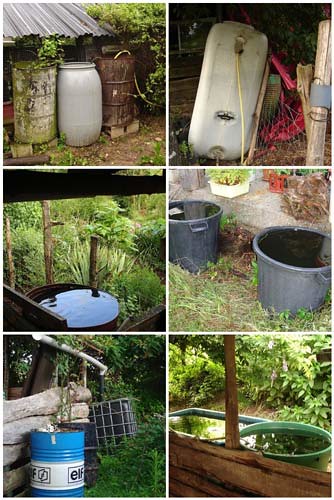
2. **Installing a Water Butt (Rainwater Harvesting)**
One of the most low-effort, efficient ways to reduce your water bills and support your garden is through rainwater harvesting. It might not seem like a lot of water when you’re just filling up your watering can, but as the warmer months approach, those cans will add up quickly, impacting your utility costs. A great solution for this is installing your own water butt to collect rainwater for various uses in your garden, whether that’s cleaning or watering your garden plants properly.
Positioning barrels under downspouts allows you to capture runoff efficiently, storing water for garden use and reducing your reliance on municipal water supplies. This method is not only cost-effective but also helps conserve water during dry spells, making your garden more resilient. Furthermore, rainwater is naturally soft, meaning it lacks the fluoride and other chemicals often found in tap water, which can be highly beneficial for your plants and lawn.
Rainwater harvesting is a smart investment that pays dividends in both water savings and plant health. It’s a simple change you can make in your garden that will stop you from spending money and help your plants thrive independently. By making this eco-conscious choice, you’ll be harnessing nature’s resources to keep your garden hydrated and happy without the associated costs.

3. **Opt for Solar-Powered or LED Lighting**
Adding lighting to your garden can enhance its beauty and safety, extending its usability into the evening hours and creating a magical ambiance. However, traditional outdoor lighting can quickly lead to rising energy bills. A brilliant way to make your garden look expensive on a budget is by opting for solar-powered or LED lights. These choices provide that elevated look without the financial burden of increased electricity consumption.
Solar-powered lights get their energy from the sunlight during the day, allowing them to illuminate your garden at night. They’re incredibly easy to install, often requiring no wiring, and are an excellent choice for keeping electricity bills low. LED lights offer another fantastic option, known for being long-lasting and energy-efficient, ensuring your lighting scheme is both beautiful and sustainable.
You can play around with various types of lights to achieve your desired aesthetic. For instance, pairing festoon lights with lanterns can create a charming coastal glow for a Mediterranean-inspired garden. Strategic spotlights can also create areas of interest and focus, giving your planting definition while remaining energy-efficient and often controllable via smart apps. Thoughtful lighting design, especially with these budget-friendly options, enhances your garden’s ambiance and functionality without ongoing expenses.
Read more about: 11 Crucial Home Security Mistakes That Invite Burglars — and Smart, Actionable Fixes
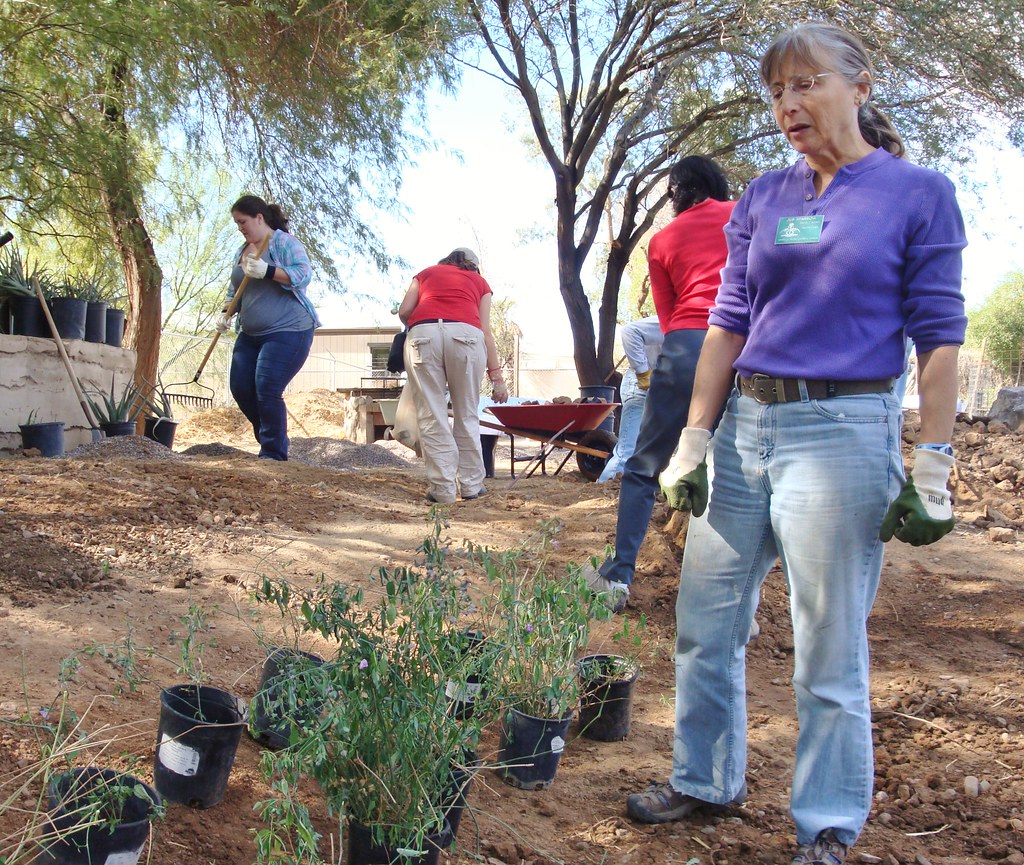
4. **Grow Your Own Edible Plants**
Whether you’ve just started vegetable gardening or have cultivated a successful veggie patch for years, it’s no secret that growing your own food will significantly cut costs. The satisfaction of harvesting your own produce, fresh from the garden, is unparalleled, and the financial savings are a huge bonus. You’ll be surprised how quickly the money adds up when you’re not buying herbs, fruits, and vegetables from the grocery store.
For beginners, starting with crops like lettuce, radishes, and spinach is highly recommended because they are usually super easy to grow and maintain. These “starter plants” offer quick rewards, building your confidence as a gardener. Once you’ve tackled these, you can gradually move on to exploring how to grow more complex items like rhubarb or garlic, expanding your edible garden and further increasing your savings.
Beyond the cost savings, growing your own edibles ensures you have fresh, organic produce right at your fingertips, free from unknown pesticides. Just make sure to use some natural deterrents, like eggshells in your garden beds, to keep those greedy snails and slugs away from your homegrown food supplies. This simple, rewarding practice makes your garden a powerhouse of both nourishment and financial prudence.
Read more about: From Roaring V8s to Electric Dreams: 12 American Cars That Defined Their Eras

5. **Upcycle Household Waste**
The best way to save money is, of course, to not spend it at all. This makes reusing household items in your garden a key strategy for cutting costs dramatically. You’ll be pleasantly surprised by how many things can be repurposed to benefit your plants and the environment, transforming what might otherwise be trash into valuable gardening resources. It’s an approach that truly embodies the spirit of sustainable gardening.
As Fiona Jenkins, a gardening expert, explains, “Much of the waste we generate at home can be reused in our gardens.” Recycling everyday items and repurposing them can help you save money and significantly reduce your carbon footprint. This practice encourages creativity and resourcefulness, allowing you to find new uses for items you might have otherwise thrown away, from planting containers to pest deterrents.
Examples are abundant: old towels can be used as weed barriers, avocado skins make excellent seedling starters, and used teabags are a fantastic compost enhancer, introducing nitrogen to your compost pile. These ingenious uses for everyday items mean you won’t be breaking the bank when it comes to garden maintenance or trying out new ideas. This approach minimizes waste, maximizes utility, and keeps your gardening endeavors wonderfully budget-friendly.
Read more about: The 14 Best Celebrity-Owned Brands That Are Actually Eco-Friendly and Changing the Game for a Sustainable Future
6. **Plan Your Spring Garden In The Fall**
While spring is the season for planting, one of the smartest ways to save tons of money on your spring garden is to plan for it well in advance, specifically in the fall. This forward-thinking strategy ensures that you acquire only the items you truly need, preventing impulse buys and wasted resources. It provides a strategic advantage that can significantly reduce overall gardening expenses, aligning perfectly with a low-cost approach.
Planning in advance also means you can start buying your supplies months before you need them. This allows you to capitalize on huge end-of-season sales that many garden supply stores and major home improvement stores have as they clear out inventory. You can snatch up products like potting soil, tools, pots, and even some non-perishable amendments at deep discounts, sometimes saving 50% or more off retail prices.
As long as you have somewhere suitable to store these supplies, you can get most of what you need for your spring garden at a fraction of the cost. This proactive approach ensures you’re prepared when spring arrives, avoiding the last-minute rush and inflated prices that often accompany peak gardening season. By thinking ahead, you lay a solid financial foundation for a thriving and economical garden.
Read more about: Feathered Dynamos: Unveiling the Thrilling World of North America’s Most Brilliant and Mysterious Jays
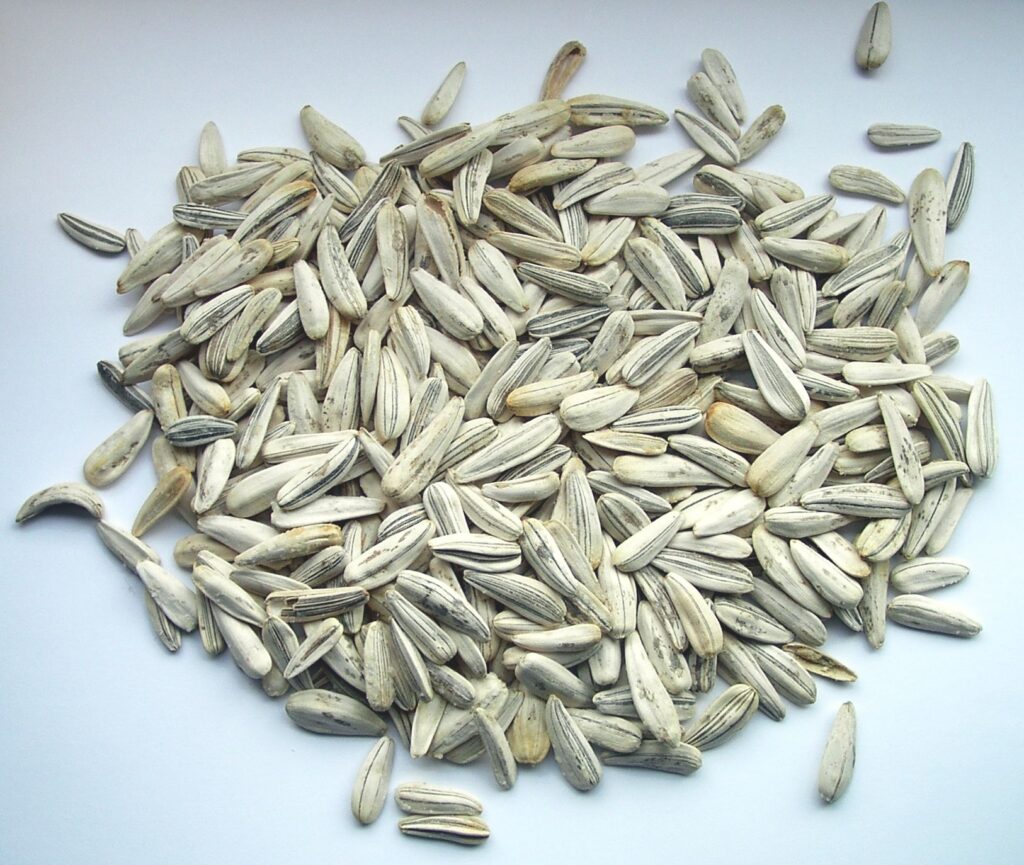
7. **Contact Your Local Seed Library Or Seed Swap**
If you’re looking for an incredibly budget-friendly way to acquire seeds and expand your plant varieties, connecting with your local seed library or participating in a seed swap is an absolute game-changer. These community-focused initiatives are fantastic resources, especially if you live in an area where gardening is popular, fostering a spirit of sharing and sustainability among enthusiasts. They offer a unique opportunity to obtain seeds without the retail price tag, supporting a low-cost gardening model.
Seed swaps are wonderful events where you can bring your own saved seeds and exchange them for different ones, all for free. It’s a fantastic way to diversify your garden, try new plants, and connect with fellow gardeners who can offer local advice and experience. If you don’t have seeds to swap, some events might allow you to acquire seeds for a nominal fee, which is still significantly cheaper than buying them commercially.
Seed libraries, on the other hand, sometimes give away free seeds, operating much like a book library where you “borrow” seeds to grow and then return seeds from your harvest for others to use. If they aren’t free, they are usually much cheaper than retail prices. A key advantage of these local resources is that they tend to only carry seeds for plants that are known to thrive in your specific area, increasing your chances of success and reducing wasted effort on unsuitable varieties. This community approach makes gardening accessible and affordable for everyone.
Navigating your gardening journey successfully means not just adopting smart practices, but also deftly sidestepping common pitfalls that can quietly drain your resources and dampen your green thumb aspirations. This section is all about sustaining your savings, ensuring your hard work and initial investments blossom into a thriving, budget-friendly oasis for seasons to come, free from hidden traps and costly detours. We’re here to help you cultivate resilience and savvy, allowing your garden to flourish independently and economically.
Read more about: Smoothie Bar Secrets: 12 Blends & Beliefs Staff Wish You’d Rethink (Seriously!)

8. **Myth of Planting by the Moon**
The allure of ancient traditions often holds a strong appeal, and the idea of planting by the moon’s phases is certainly no exception. It’s a concept steeped in folklore and romance, with many gardeners believing that the lunar cycle directly influences plant growth and yields. While this mystical approach can add a charming dimension to your gardening routine, for the budget-conscious gardener, it might be a practice that diverts focus and resources from truly impactful efforts.
While the moon’s gravitational pull demonstrably affects ocean tides, its measurable impact on your garden’s growth is scientifically shaky at best. Devoting time and energy to lunar calendars, rather than concentrating on fundamental factors, can inadvertently lead to wasted effort and potentially lost plants. When you prioritize celestial bodies over the tangible needs of your soil, water, and sunlight, you might be setting yourself up for disappointment and the hidden costs of subpar harvests or needing to replant.
Indeed, prioritizing traditional, scientifically-backed gardening practices is often the most cost-effective and reliable path to success. Instead of relying on the lunar phases, direct your attention to providing optimal sunlight, consistent water, and nutrient-rich soil. This ensures every seed planted and every hour spent contributes directly to robust growth, avoiding the expense of redoing tasks or replacing plants that faltered due to neglected basics.
Focusing on these core elements will yield better results than relying on celestial bodies alone. It’s about making every resource count and ensuring your efforts are grounded in practical wisdom. By understanding and meeting your plants’ fundamental requirements, you cultivate a garden that is truly resilient and productive, without the added cost of chasing unproven theories.
Read more about: Strategic Foundations: Understanding the U.S. Military’s Global Power and Operational Framework
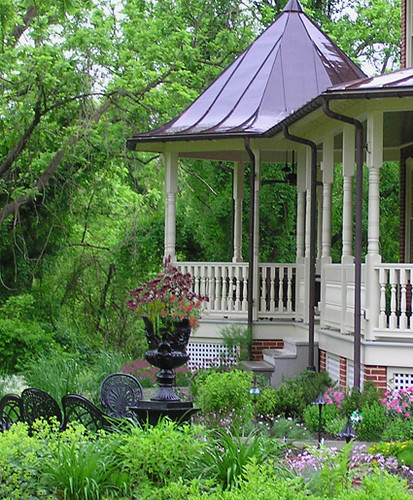
9. **Over-Mulching Caution**
Mulch is undeniably a fantastic ally in the garden, a true multi-tasker that excels at retaining vital soil moisture and effectively suppressing pesky weeds. When applied correctly, it’s an indispensable component for any thriving garden, contributing to healthier plant growth and significantly reducing the need for constant watering and weeding. However, even the most beneficial practices can become detrimental when taken to extremes, and mulching is a prime example.
Be wary of what’s often termed “volcano mulching,” a common mistake where an excessive, thick layer of mulch is piled high around the base of plants and trees. This seemingly protective mound can, in fact, suffocate your plants, effectively blocking essential airflow to the root collar and inviting a host of problems. Over-mulching creates an environment ripe for root rot, fungal diseases, and pest infestations, all of which can severely compromise plant health or even lead to their demise.
When plants succumb to these issues, you face the unwelcome cost of replacing them, alongside the wasted effort and money spent on the excess mulch itself. The key to effective mulching lies in moderation and thoughtful application. A thin, even layer — typically 2 to 4 inches deep — spread across your garden beds does wonders, providing all the moisture retention and weed suppression benefits without overwhelming your plants. Always ensure to keep mulch a few inches away from plant stems and tree trunks to allow for proper air circulation.
Remember, moderation truly is key to effective mulching, ensuring your plants remain healthy, happy, and thriving. This balanced approach protects your plants, conserves water, and keeps your gardening budget firmly intact, proving that sometimes, less truly is more. A well-mulched garden saves you time and money, while an over-mulched one creates costly problems.
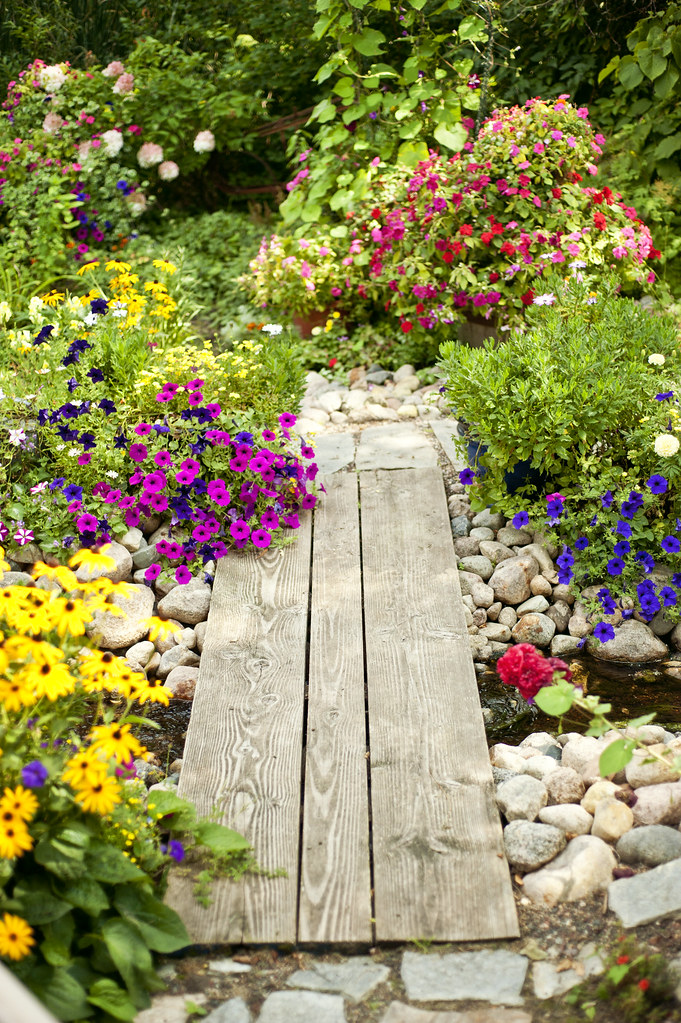
10. **The Dangers of Overwatering**
Watering is perhaps the most fundamental aspect of plant care, an absolute necessity for life and growth in any garden. It’s easy to fall into the trap of thinking that if some water is good, more water must be even better. Yet, overwatering stands as one of the most common and damaging mistakes a gardener can make, often leading to far more harm than under-watering and proving surprisingly costly in the long run.
When plants receive an excess of water, their roots become waterlogged, effectively drowning as they are deprived of essential oxygen. This creates an ideal breeding ground for root rot and various other fungal diseases, which can quickly spread and devastate your plants. The consequences are stark: stunted growth, wilting, discolored leaves, and ultimately, the death of your cherished plants, necessitating costly replacements and wasted effort.
Beyond the damage to your plants, overwatering also leads to significant water waste, translating directly into higher utility bills. To cultivate a resilient and thriving garden without incurring these unnecessary expenses, it’s best to water deeply but infrequently. Allow the soil to thoroughly dry out between watering sessions, which encourages roots to grow deeper and stronger, making plants more resilient to dry spells.
Utilizing a moisture meter can be an invaluable tool to help you strike the perfect balance, ensuring your plants receive just the right amount of hydration. This thoughtful approach not only conserves water and reduces your bills but also fosters robust, healthy plants that can better withstand environmental stresses. Remember, sometimes less is truly more when it comes to keeping your garden hydrated and happy.
Read more about: Transform Your Home: Discover 13 Amazing Plants That Naturally Repel Mice, Spiders, and Pesky Insects
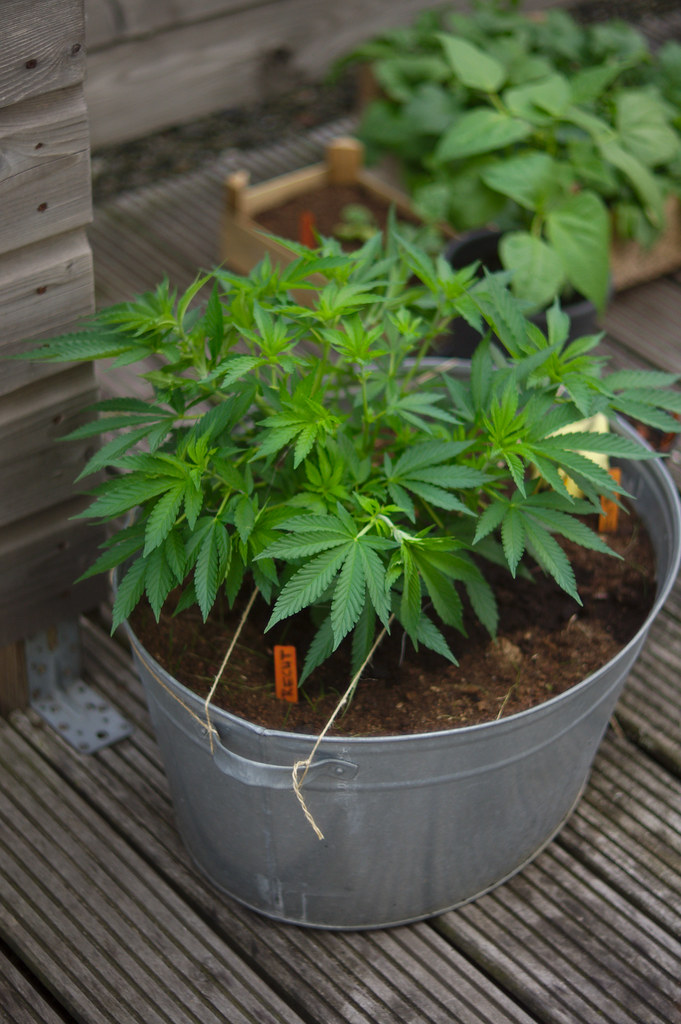
11. **Misleading Fertilizer Usage**
Fertilizers are often perceived as a magic bullet for boosting plant growth, promising bigger blooms, healthier foliage, and more abundant harvests. While they certainly play a crucial role in providing essential nutrients, the indiscriminate or excessive use of fertilizers can quickly turn from a beneficial practice into a detrimental and surprisingly costly mistake. The assumption that more nutrients automatically equate to healthier plants is a common misconception that can lead to significant problems.
Applying too much fertilizer, especially synthetic varieties, can have severe consequences for your plants and the delicate balance of your soil. Excess nutrients can “burn” plant roots, causing irreparable damage and hindering their ability to absorb water and nutrients. This can also disrupt the soil’s natural microbial life and pH balance, leading to long-term soil health issues that are difficult and expensive to remediate. Furthermore, runoff from over-fertilized gardens can harm local waterways, impacting the environment.
To avoid these pitfalls and the associated costs, it’s crucial to understand your plants’ specific needs and the composition of your soil. Conducting a soil test is an excellent starting point, providing precise information on what nutrients your garden truly requires. This allows you to tailor your fertilization plan, opting for targeted applications rather than broad, potentially wasteful, and harmful approaches. Prioritize organic options like your homemade compost, which release nutrients slowly and improve soil structure naturally.
By adopting a mindful and balanced approach to fertilizer usage, you ensure that every application is effective, preventing waste and promoting genuine plant health. This not only saves you money on unnecessary products but also safeguards the vitality of your garden and the surrounding environment, contributing to a truly sustainable and budget-friendly gardening practice.
Read more about: The Shocking Truth Behind Your Grocery Cart: Decoding Organic, Natural, and 12 Other Food Labels
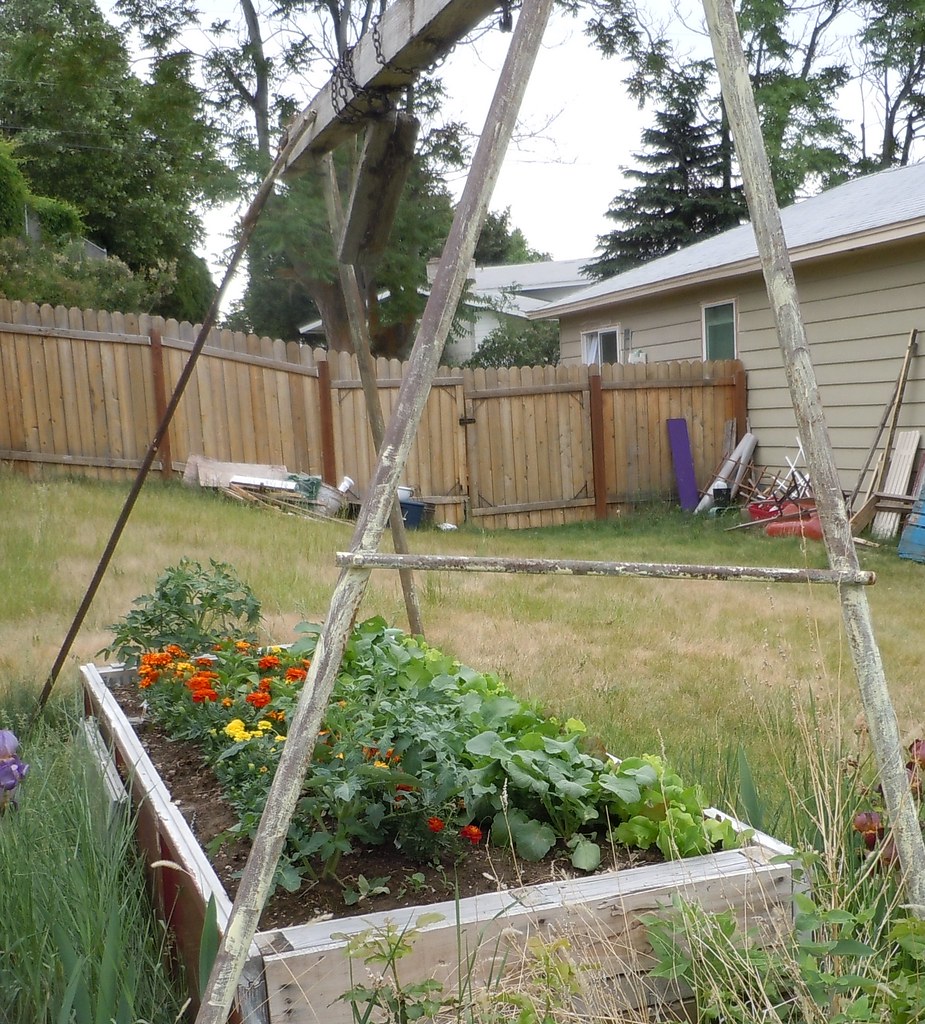
12. **The Trap of Pest Control Overkill**
Discovering pests in your garden can be an immediate cause for alarm, often prompting a swift and forceful reaction. The temptation to reach for heavy-duty chemical pesticides for a quick fix is understandable, but for the low-cost and environmentally conscious gardener, this can be a costly trap. Over-relying on synthetic chemicals often leads to a cycle of escalating problems rather than a sustainable solution, incurring financial and ecological debts.
Overusing pesticides doesn’t just eliminate the troublesome pests; it indiscriminately wipes out beneficial insects, such as ladybugs and bees, which are essential for pollination and natural pest control. This disrupts the garden’s delicate ecosystem, creating a vacuum that often allows more resilient, chemical-resistant pest strains to emerge, requiring even stronger (and more expensive) treatments. The recurring cost of purchasing and applying these chemicals quickly adds up, transforming a minor issue into a major budget drain.
Instead, embrace integrated pest management strategies that are both effective and significantly more budget-friendly. Focus on attracting natural predators to your garden by planting diverse flowers and providing shelter. Simple, eco-friendly solutions like neem oil, insecticidal soaps, or even companion planting with pest-repellent herbs (like marigolds or basil) can often do the trick without collateral damage. These methods foster a healthier, more balanced ecosystem that naturally keeps pests in check.
By taking a holistic approach, you reduce your reliance on costly synthetic solutions, allowing your garden to manage pests sustainably. This not only saves you money but also contributes to a thriving, biodiverse garden that’s resilient by nature. A proactive, natural strategy ensures your garden remains healthy and vibrant without the continuous financial burden of chemical interventions.
Read more about: The True Kings of the Road: 15 Muscle Cars That Defined an Era
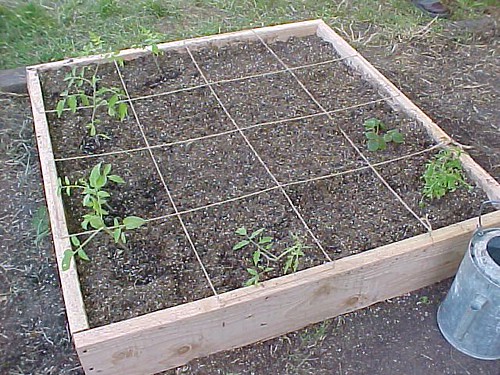
13. **The Myth of Instant Growth with Miracle Products**
In the world of gardening, the promise of “miracle products” that deliver instant growth or a perfectly lush garden overnight is incredibly appealing. These solutions, often marketed with compelling testimonials and vibrant imagery, lure many gardeners with the idea of a shortcut to success. However, for those aiming for a low-cost, sustainable home garden, succumbing to the allure of these quick fixes can be a significant and recurring financial mistake.
Such products often provide a temporary boost, but they can lead to unhealthy plants with shallow root systems, making them highly dependent on continuous application. This dependency means ongoing purchases, trapping you in a cycle of maintenance that far exceeds the initial investment. True, sustainable growth is a process that builds resilience from the ground up, not a superficial enhancement. These quick fixes rarely address the fundamental needs of your soil or plants, leading to a garden that constantly demands external intervention and added costs.
Instead of chasing instant gratification with expensive, temporary solutions, focus your energy and resources on building a strong foundation. This means consistently improving soil health through organic matter like compost, ensuring proper watering and light, and selecting plants suited to your environment. These foundational practices cultivate robust, healthy plants that are self-sufficient and require less ongoing maintenance and fewer costly interventions.
Patience and consistent, fundamental care pay dividends in the form of sustainable growth and a truly thriving garden. By investing in the long-term health of your soil and plants, you avoid the trap of continuous spending on fleeting “miracles” and achieve a garden that is both beautiful and brilliantly budget-friendly, embodying true natural abundance.
Read more about: The 15 Wildest Lies Celebrities & Influencers Tell About Their ‘Perfect’ Bodies (And What’s Really Going On)
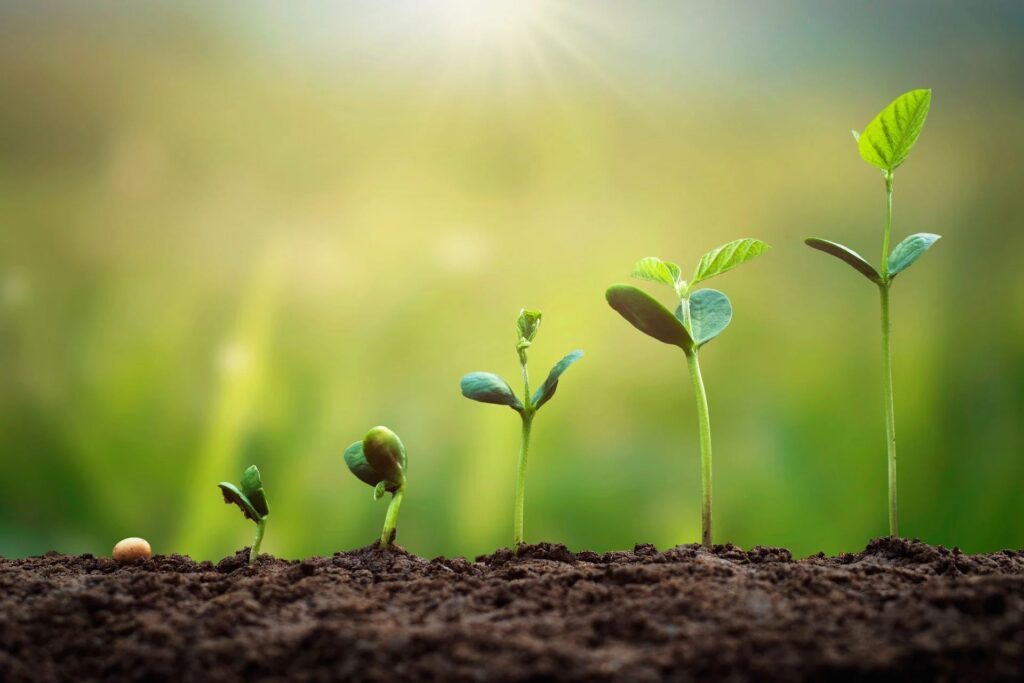
14. **The Drawback of Overcrowding Plants**.
When designing a garden, especially a small one, the temptation to fit as many plants as possible into a given space can be overwhelming. It seems like an efficient way to maximize yield and beauty, but overcrowding is a common and costly mistake that can quickly undermine your efforts. What appears to be a space-saving strategy can, in reality, lead to stunted growth, increased vulnerability to disease, and a significant waste of resources.
Each plant requires adequate space for its roots to expand, its foliage to receive sufficient sunlight, and for air to circulate freely around it. When plants are packed too closely, they enter into fierce competition for these essential resources – water, nutrients, and light. This competition inevitably leads to stunted growth, weaker plants, and a reduction in overall yield. Furthermore, poor air circulation creates a humid environment, making plants more susceptible to fungal diseases and pest infestations, which then require costly treatments or replacements.
To avoid these drawbacks and ensure your plants thrive, careful planning of your garden layout is crucial. Always consider the mature size of each plant you introduce, allowing ample room for its full development. This might mean planting fewer items initially, but the healthier, more productive plants you achieve will ultimately provide a far better return on your investment in seeds, seedlings, and effort.
This thoughtful approach ensures that every plant you nurture reaches its full potential, contributing to a vibrant, healthy, and productive garden without the hidden costs of managing disease or replacing struggling specimens. By giving your plants the space they deserve, you cultivate a garden that is efficient, resilient, and wonderfully budget-friendly.
Read more about: Don’t Waste Your Money: 14 Walmart Buys That Experts Say to Skip (and What to Choose Instead)
Spring is truly a magical time, ushering in an irresistible urge to refresh our outdoor spaces and reconnect with nature. As we’ve journeyed through these essential tips and pitfalls to avoid, the message is clear: cultivating a thriving, beautiful garden doesn’t have to be a drain on your finances. With a little foresight, resourcefulness, and a willingness to embrace nature’s own ingenious solutions, you can create a garden that is not only bursting with life and color but also incredibly kind to your wallet. From making your own compost to cleverly avoiding the traps of over-mulching or instant-growth products, every conscious choice contributes to a more sustainable, self-sufficient, and ultimately, more satisfying gardening experience. So, roll up your sleeves, embrace these budget-friendly strategies, and get ready to enjoy a season of bountiful blooms and harvests, knowing you’ve nurtured a garden that truly reflects smart, natural living.



